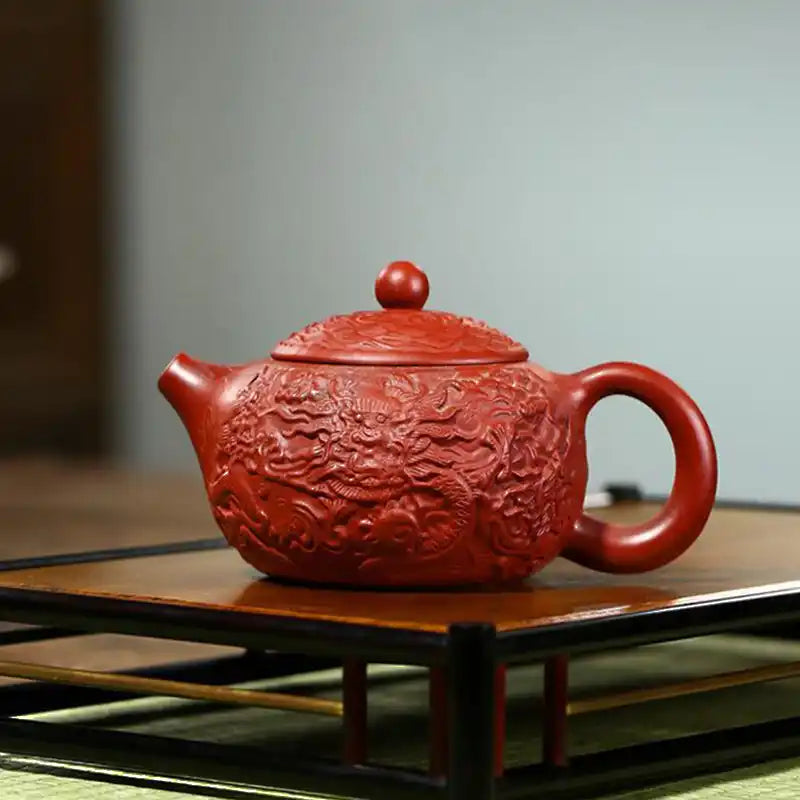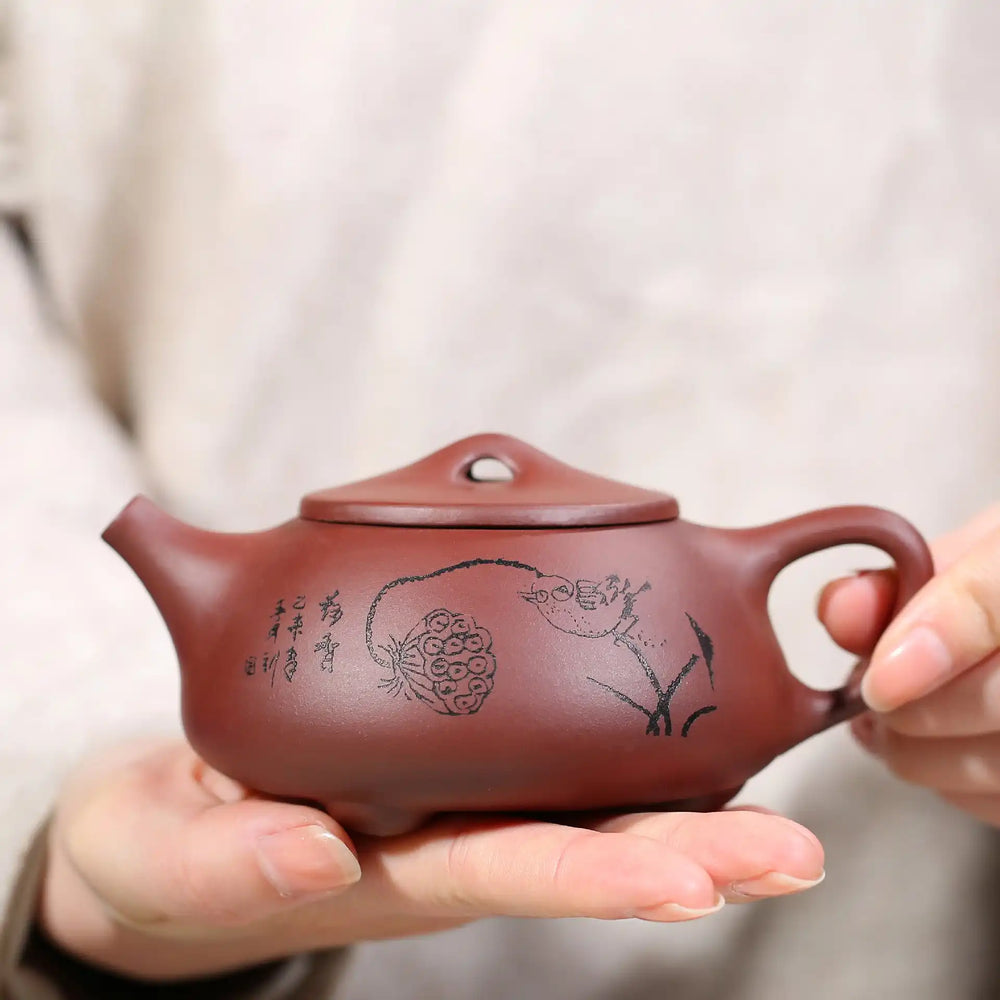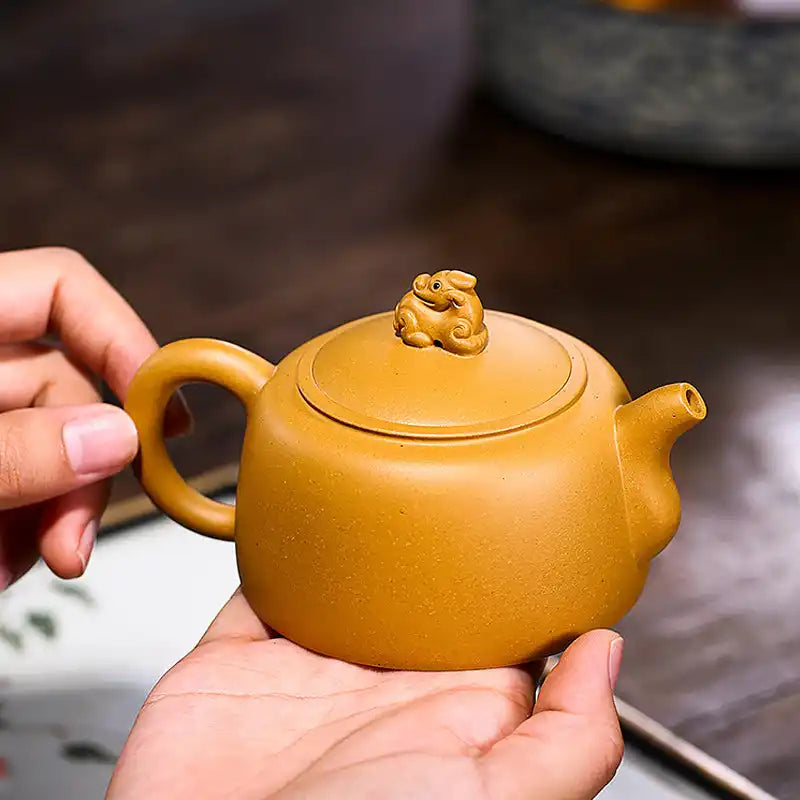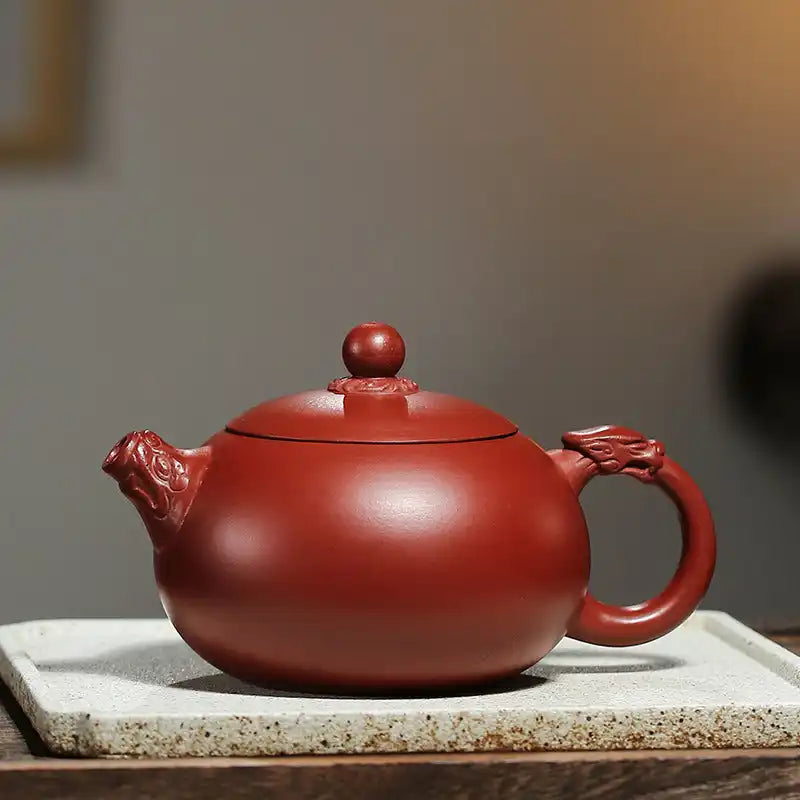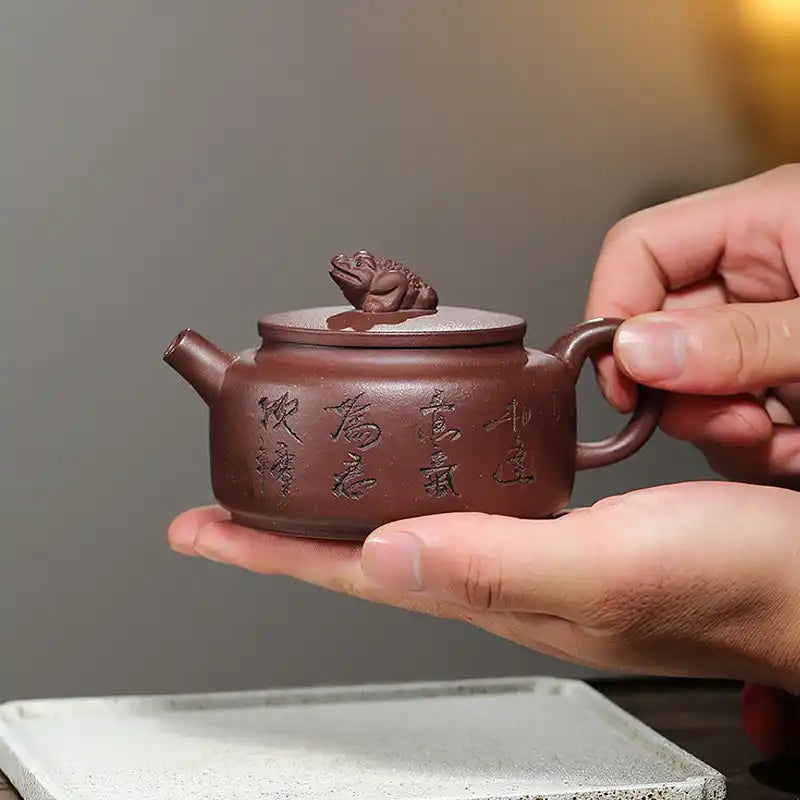Introduction: The Allure of White Tea
White tea is a delicate, minimally processed tea made from the young buds and leaves of the Camellia sinensis plant. It gets its name from the fine silvery-white hairs on the unopened buds, which lend a whitish appearance to the dried tea. When brewed, however, the liquor is a pale golden-yellow rather than white. What sets white tea apart is its subtle flavor profile and gentle aroma – often described as sweet, silky, and pleasantly nuanced, without the grassy astringency of green tea or the bold tannins of black tea. These qualities make it especially appealing to Western tea lovers who appreciate a smooth, easy-to-drink infusion. In fact, white tea is enjoyed year-round at any time of day by many Western tea enthusiasts for its mild, soothing character. By contrast, in China white tea is traditionally sipped in warmer months for its refreshing, cooling effect, but its growing popularity has transcended seasons and borders.
Part of white tea’s allure in the West is its image as an exclusive and healthful tea. Being the least processed type of tea, it retains a high amount of natural antioxidants. Western consumers, increasingly health-conscious, are drawn to white tea for its reported wellness benefits (from skin health to heart health) and lower caffeine content compared to black tea. Moreover, the delicate tasting experience provides a sense of refinement. Many find joy in the subtle sweet notes – hints of honey, florals, or melon – that unfold with each sip of a quality white tea. This gentle flavor profile, combined with a bit of exotic storytelling (beautiful downy buds plucked in the misty mountains of Fujian), has helped white tea become a favorite among Western tea connoisseurs.
What Is White Tea?
White tea is often called the most “natural” of teas. Unlike green or black tea, it undergoes no heavy processing – no pan-firing, no rolling, and only minimal oxidation. Harvesters pick the youngest buds (and sometimes the first tiny leaves) and simply allow them to wither and dry slowly, often in the sun. This gentle process preserves the leaf’s chemical composition, meaning white tea retains a high level of catechins and other polyphenols (antioxidant compounds). It also means the flavor stays delicate: white teas typically have a light body and a soft sweetness without bitterness. Historically, white tea was so prized in China that during the Song Dynasty (960–1279 CE) it was offered as an imperial tribute to the emperor. Today, tea aficionados around the world revere white tea for its purity and simplicity. If you’re curious to experience authentic white teas yourself, be sure to explore our white tea collection featuring some of the finest examples.
Key Types of White Tea
While all white teas share a subtle character, there are several varieties each with its own charm. The most renowned Chinese white teas come from Fujian province and are classified largely by the plucking standard (the ratio of buds to leaves). Below we introduce four key types of white tea that every tea lover should know:

Silver Needle (Bai Hao Yinzhen)
Silver Needle is the pinnacle of white teas, comprised exclusively of tender, silvery buds picked before they unfurl (often early spring). These needle-like buds are covered in fine white down, which shimmers when you scoop them up (hence the name “silver needles”). In the cup, Silver Needle yields a pale straw-colored liquor with a soft, nectar-like sweetness and notes often compared to honeysuckle or apricot. It’s exceptionally smooth – even if you accidentally over-steep, it rarely turns bitter. This forgiving nature and elegant flavor make Silver Needle an ideal entry point for newcomers and a beloved treasure for connoisseurs. Many Western tea lovers adore it because it’s delicate yet flavorful, and carries an aura of sophistication. Traditionally produced in Fuding and Zhenghe counties of Fujian, authentic Bai Hao Yinzhen can be quite expensive, but its sublime taste is worth the experience.
Alt: Silver Needle white tea buds (Bai Hao Yinzhen) showing fine white hairs

White Peony (Bai Mudan)
White Peony is the second most famous type of white tea, made from a pluck of one bud and two leaves (the classic “bud and leaf” combination). Its Chinese name, “Bai Mudan,” evokes the image of a white peony flower, hinting at this tea’s blossom-like fragrance. In appearance, White Peony tea includes both silvery buds and larger green-brown leaves, creating a beautiful contrast. When brewed, it produces a slightly fuller-bodied cup than Silver Needle, with a bright golden hue. The flavor is gentle yet more robust – you may taste hints of sweet hay, melon, or fresh flowers, with a mild apricot or plum finish. Many people describe Bai Mudan as having a delightful floral crispness balanced by a subtle earthy undertone. It’s an excellent everyday white tea: approachable, aromatic, and forgiving to brew. If you find Silver Needle a touch too subtle (or too pricey for daily drinking), White Peony is a fantastic choice that still delivers the essence of white tea’s charm.
Alt: Loose White Peony (Bai Mudan) tea leaves, a mix of buds and leaves

Shou Mei (Longevity Eyebrow)
Shou Mei is often considered a more rustic white tea – it is made from later harvest leaves with few buds, usually the fourth and fifth leaves on the branch. In fact, Shou Mei is categorized as a lower grade of white tea, containing many more leaves and only small amounts of buds. Its Chinese name translates to “Longevity Eyebrow,” supposedly because the twisted dry leaves resemble the curved eyebrows of an old man (an auspicious symbol of long life). Don’t let the “lower grade” label deter you, though: Shou Mei can be wonderfully flavorful. The larger, more mature leaves give a deeper amber brew with a bold, fruity sweetness – notes of honey, dates, or even a hint of spice. It lacks the refined subtlety of Silver Needle, but instead offers a warming, comforting cup that many seasoned tea drinkers enjoy, especially in cooler weather. Shou Mei’s fuller flavor also means it takes well to aging (as we’ll discuss next). In Western markets, Shou Mei is sometimes overlooked, but those who try it often appreciate its hearty character and value.
Alt: Loose Shou Mei white tea leaves (Noble “Longevity Eyebrow” variety) in a tea tin

Aged White Tea
One of the most fascinating aspects of white tea is that certain batches can be aged, developing richer flavors and purported medicinal qualities over time. In China there is a popular saying about aged white tea: “one-year tea, three-year medicine, seven-year treasure,” meaning that after three years of aging the tea is thought to acquire healing properties, and after seven years it becomes as precious as treasure. Typically, Shou Mei or Gong Mei (a grade similar to Shou Mei) is used for aging because of the larger leaves and sturdier composition. As white tea ages (usually in a controlled dry storage), its color deepens and the liquor turns more orange-brown. The flavor also transforms: fresh white tea’s gentle floral notes evolve into warmer notes of wood, honey, dates, and a mellow sweetness akin to aged pu-erh but without the earthy fermentation taste. Aged white tea is smooth and soothing, often enjoyed as a tonic. Some traditional Chinese medicine shops even tout aged white tea for cooling the body and relieving heat-related ailments. For the tea enthusiast, tasting a well-aged white tea can be an eye-opening experience – it’s still unmistakably “white tea,” but with a depth and rounded complexity that only time can impart. If you ever come across a decade-old White Peony or Shou Mei cake, it’s worth trying a brew to appreciate this transformation.
Health Benefits of White Tea
In addition to its delightful taste, white tea has been the subject of numerous studies examining its health benefits. As a tea rich in antioxidants (especially catechins), it’s not surprising that white tea has been linked to a variety of positive health effects. While research is ongoing and often preliminary, here are some key potential health benefits of white tea:
- Loaded with Antioxidants: White tea contains high levels of polyphenols that act as antioxidants, helping to neutralize free radicals in the body. By reducing oxidative stress, these antioxidants may protect cells from damage and inflammation. In fact, some studies suggest that white tea’s antioxidant activity is comparable to green tea’s, despite its lighter flavor.
- Heart Health: Regular tea consumption, including white tea, has been associated with a lower risk of heart disease. The catechins in white tea can help improve cholesterol levels by preventing “bad” LDL cholesterol from oxidizing, and may aid in relaxing blood vessels.One analysis found that people who drank three or more cups of tea daily had a 21% lower risk of heart disease on average.
- Weight Management: White tea might assist with weight loss efforts. Like green tea, it naturally contains caffeine and EGCG (epigallocatechin gallate), a combination known to boost metabolism and fat burning. A test-tube study even found white tea extract prompted the breakdown of fat cells and inhibited new fat cell formation. While human studies are limited, these findings suggest white tea could be a helpful companion to a healthy diet and exercise plan.
- Skin Health and Anti-Aging: The antioxidants in white tea may also benefit your skin. Laboratory research has shown that white tea extracts can protect skin cells from damage caused by ultraviolet (UV) rays. Polyphenols in white tea seem to slow the breakdown of collagen and elastin – proteins that keep skin firm – thereby potentially reducing signs of aging like wrinkles. In simple terms, sipping white tea (or even using it in skincare products) might help your skin stay healthy and youthful.
- Oral Health: White tea contains fluoride, catechins, and tannins which together can support dental health. Fluoride strengthens tooth enamel, while catechins and tannins have antibacterial properties that may inhibit plaque bacteria. This means drinking white tea could contribute to cavity prevention and fresher breath. It’s a gentle way to help your smile, as long as you skip the sugar.
It’s worth noting that, although white tea shows promise in many health areas (some studies even link it to lower risks of cancer and neurodegenerative diseases, it hasn’t been researched as extensively as green or black tea. Scientists agree that more human studies are needed. Still, incorporating a few cups of pure white tea into your routine can be a delightful way to hydrate and potentially reap these benefits. At the very least, you’ll be enjoying a calming, delicious beverage – and that’s a wellness boost in itself!
Brewing White Tea: Traditional vs Modern Methods
Brewing white tea is an art of gentle coaxing. Because the leaves are so delicate, they brew best in water that is hot but not boiling. Whether you choose a traditional Chinese approach or a convenient modern method, the goal is the same: to draw out the subtle flavors without “cooking” the tender leaves. Below are some tips for brewing white tea, along with a look at how methods can differ between East and West.
Water Temperature and Quality: Always use fresh, pure water (filtered if possible), heated to around 75–85°C (167–185°F). If you don’t have a thermometer, a good rule of thumb is to bring water to a boil and then let it cool for a minute or two. Boiling water can scorch white tea leaves, resulting in a bitter, flat brew – so slightly cooler water is key. The lower temperature preserves the tea’s sweet and airy qualities.
Tea-to-Water Ratio: Generally, use about 2 teaspoons of loose white tea (approx. 2–3 grams) per 8 ounces (240 mL) of water for a standard brew. White tea leaves are voluminous and fluffy, so don’t be shy with the leaf quantity. If you find the taste too light, simply add more leaves rather than increasing steep time much.
Steeping Time: Patience pays off with white tea. A longer steep (around 3–5 minutes) at the proper temperature allows flavor to gently infuse. For Silver Needle and White Peony, 4–5 minutes is a good starting point. Shou Mei and aged white teas can handle 5–7 minutes since they are heartier. If using a covered vessel like a gaiwan or small teapot in gongfu style, you might steep for shorter intervals (e.g., 30 seconds to 1 minute) but perform multiple infusions using the same leaves. In contrast, Western brewing often opts for a single longer infusion. There’s flexibility – white tea rarely turns overly bitter, so you can adjust steeping time to your taste. As one source notes, you can even experiment until you find the flavor balance you prefer.
Traditional Gaiwan Method: The gaiwan – a lidded bowl without a handle – is a cherished tool in Chinese tea culture for brewing white tea (and other teas). Using a gaiwan lets you perform quick, successive infusions, gradually unfolding the tea’s nuances. To brew, add your white tea leaves to the gaiwan, pour in hot water, and after a short steep, use the lid to strain the tea into small cups. This method (part of the gongfu tea ceremony style) allows you to savor the evolving flavor over multiple brews. White teas brewed gongfu style might give 3–5 infusions, starting light and sweet and growing a bit fuller in later rounds. Many tea experts, including our own team, love brewing Silver Needle in a gaiwan – it really accentuates the tea’s aroma, and you can admire the beautiful leaves as they dance in the water.
Modern Western Brewing: If you’re brewing at your office desk or in a hurry, don’t worry – you can still enjoy white tea without special equipment. A simple tea infuser basket or even a tea sachet works fine. Just place your leaves in the infuser inside a mug, pour on the hot (but not boiling) water, and cover the mug with a lid or small plate while it steeps (this traps the aroma). After 4–5 minutes, remove the infuser and enjoy. Western brewing tends to use larger quantities of water and longer steeps, extracting a full-flavored single cup. The key is gentle handling: remember, no boiling water and no over-steeping to the point of bitterness. White tea can also be cold-brewed – just throw a few teaspoons of leaves in a jar of cold water and let it sit in the fridge for 4–6 hours. The result is a refreshing, smooth iced white tea that’s incredibly thirst-quenching on a hot day, with virtually no bitterness or tannic bite.
Whether you choose the ceremonial gaiwan or a trusty teapot, brewing white tea is about appreciating its delicate nature. Take a moment while it steeps to inhale the soft fragrance. White tea invites a sense of calm and mindfulness – a welcome pause in a busy day. In the West, many have adopted this practice as a daily ritual, finding that brewing a cup of white tea “the right way” is as rewarding as drinking it.
Cultural Insights and Personal Reflections
As someone who grew up in Fujian – the heartland of white tea – and with 15 years immersed in the tea industry, I’ve witnessed firsthand the cultural significance of this tea. In Chinese culture, white tea has long been treasured not just as a beverage but also as a traditional remedy and a symbol of simplicity. I remember my grandfather offering guests a cup of White Peony tea on warm spring afternoons, insisting it was the best way to “clear internal heat” and refresh the spirit. At that time, I didn’t fully grasp why our visitors from abroad were so enchanted by those cups of pale gold liquor. Now, having served as a tea expert bridging Chinese and Western tea communities, I see that part of the charm for Western tea lovers is exactly that authenticity – the sense of connecting with a tea that has centuries of history and a gentle, nurturing presence.
In China, there’s a saying that “simple tea, drunk purely, brings pure happiness.” White tea embodies this simplicity. There’s not much pomp or add-ins – you don’t typically add milk, sugar, or lemon. You simply enjoy it for what it is. Western tea drinkers, many of whom start their journey with strong black teas or heavily flavored blends, often describe tasting a fine Silver Needle for the first time as a revelation. It’s a bit like hearing a quiet acoustic melody after being used to a loud orchestra – subtle, but in that subtlety you find new layers of flavor and a moment of serenity. One of my personal favorite experiences is brewing an aged Shou Mei on a rainy evening. The aroma reminds me of dried fruits and old books; the taste is smooth like a well-matured whiskey (minus the alcohol!). It’s profoundly relaxing. I’ve had customers in the West tell me that a cup of aged white tea before bedtime has become their secret to unwinding after a stressful day.
Culturally, sharing white tea can also be an act of hospitality and connection. I recall bringing some high-grade Silver Needle to a tea workshop in California. Many attendees had never seen such fuzzy, beautiful tea buds. We brewed it together in a gaiwan, and one person remarked that it felt almost like a meditation. We ended up not just drinking tea, but talking about the mountain farms in Fujian, the farmers who handpick each bud, and the ancient traditions behind it. Moments like that illustrate how white tea serves as a bridge – connecting East and West, connecting people across different backgrounds through a mutual appreciation of something simple and good. As a tea lover and expert, that is what I find most rewarding: seeing white tea bring a calm smile to someone’s face, no matter where they’re from.
About the Author
Xinze Jiang is a veteran tea expert with over 15 years of experience in the industry. As a senior expert at the China Tea Circulation Association, Xinze has spent years researching and promoting traditional Chinese teas, including white tea, to a global audience. He has visited countless tea gardens across China, learning directly from master farmers. Xinze’s passion is educating others about the rich history, culture, and health benefits of tea. Whether hosting tasting sessions or writing insightful articles, he aims to bridge Eastern and Western tea practices. His deep expertise and genuine love for tea shine through in every cup he brews.
Frequently Asked Questions (FAQ)
Q: Does white tea have caffeine?
A: Yes, white tea naturally contains caffeine, but generally less than other teas. The exact amount can vary by tea variety and brewing method. On average, an 8 oz cup of white tea can have anywhere from about 6 mg up to 55 mg of caffeine. For comparison, that’s typically lower than a cup of black tea (which might have around 50 mg) and can be similar to or slightly less than green tea. Silver Needle (comprised of buds) might have a bit more caffeine by weight than leafier White Peony, but since white tea is brewed gently, the extraction is mild. If you are caffeine-sensitive, white tea is one of the better choices among true teas – many people find it doesn’t jolt them the way coffee does. Still, it’s wise to monitor your personal response to caffeine.
Q: What is the best way to store white tea?
A: Proper storage will keep your white tea fresh and flavorful for a long time. The key enemies of tea are light, heat, moisture, and strong odors. Store your white tea in an airtight container (a tin or jar with a tight lid) kept in a cool, dry place away from direct sunlight. Avoid the refrigerator unless the tea is vacuum-sealed, because tea can absorb moisture and odors from foods. White teas, especially bud-heavy ones like Silver Needle, are delicate but can actually maintain their quality for years if stored well. In fact, some people intentionally age white tea in cakes or tins – in that case, they still store it air-tightly but may keep it in slightly warmer conditions to encourage slow oxidation. For everyday purposes, just treat white tea as you would a high-quality green tea: a dark pantry or cupboard, in a sealed bag or tin, will do great. And always use a clean, dry spoon to scoop out tea to avoid introducing moisture.
Q: Are there different grades of white tea? What do terms like “Gong Mei” or “Pai Mu Tan” mean?
A: Yes, white tea is often graded by the type of leaves included. The main Chinese white teas in order of highest grade to lowest are: Silver Needle (Bai Hao Yinzhen) – only buds, highest grade; White Peony (Bai Mudan or Pai Mu Tan) – bud plus one or two leaves, second grade; Gong Mei (Tribute Eyebrow) – usually three to four leaves and a few buds, considered a third tier (sometimes grouped with Shou Mei); and Shou Mei (Longevity Eyebrow) – larger leaves with minimal buds, fourth grade. These terms basically describe the composition and appearance of the tea. Silver Needle is the most delicate and costly, White Peony is very popular for its balance of flavor and price, Gong Mei and Shou Mei are more affordable and stronger in taste (and often used for aging). If you see “Pai Mu Tan,” that’s just an alternate romanization for Bai Mudan (White Peony). Sometimes you’ll also encounter regional white teas like Darjeeling White or Ceylon White – these are white tea styles made in India or Sri Lanka respectively, often using local tea cultivars but with similar minimal processing.
Q: Can I add milk, sugar, or lemon to white tea?
A: You can – there are no rules policing your cup – but it’s generally not recommended for high-quality white tea. White tea’s charm is in its subtle, sweet flavor and fragrance. Adding milk or sugar would likely overpower those delicate notes. Unlike strong black teas (which often pair well with additions), white tea is best enjoyed neat. If you prefer a bit of sweetness, you could add a tiny drop of honey, but try the tea on its own first. Many people are surprised that, when brewed properly, white tea has a natural sweetness and requires no sweetener at all. Lemon is also rarely added to white tea; the acidity could mask the tea’s gentle taste. If you do want to experiment with additions, it might work better with a bolder white tea like a Shou Mei (which has a thicker flavor). But for premium Silver Needle or White Peony, most enthusiasts will tell you to savor them plain to appreciate their fine nuances.
Q: How does white tea compare to green tea or black tea in terms of health?
A: White, green, and black tea all come from the same plant and all are healthy – rich in antioxidants and beneficial compounds – but there are some differences. White tea, being the least processed, often retains higher amounts of certain antioxidants like catechins(though top-grade green teas are also very rich in catechins). Some studies suggest white tea may have comparable or even greater antioxidant potency than green tea. In terms of caffeine, white and green teas are usually similar (low to moderate, depending on preparation) and both are less than black tea per cup on average. One advantage of white and green teas is that they contain L-theanine, an amino acid that promotes relaxation without drowsiness, which in combination with caffeine can give a calm, focused energy. Black tea has that too, but the higher caffeine and full oxidation slightly alter the profile. If your goal is maximum antioxidants and you enjoy delicate flavors, white tea could be a winner. For weight management, both white and green teas are often recommended due to their EGCG content and metabolism-boosting effects. At the end of the day, variety is great – you might have a brisk black tea in the morning and a soothing white or green in the afternoon. All are part of a healthy lifestyle when enjoyed without too much added sugar.
If you enjoyed this article and learned something new about white tea, feel free to share it with fellow tea lovers! 🍵 Share the joy of white tea on your favorite social media, and let’s spread the love for this delicate brew far and wide.


